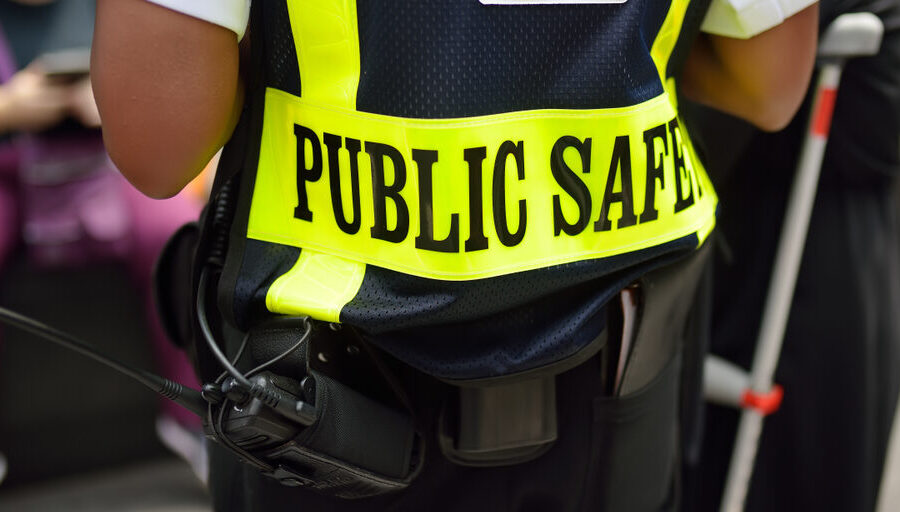Is the public-safety department model the future of municipal emergency service?
The undeniable fiscal constraints associated with local governance has challenged contemporary public administrators to achieve more with less. Budgets are stretched thin, and local government managers face increasingly complex service delivery demands from an electorate that loathes the idea of paying higher taxes. Traditionally solely a function of the police, contemporary public administrators are cognizant of the fact that community safety through effective emergency service delivery plays a prominent role in their citizenry’s standard of living. Additionally, they are very much aware of the reality that emergency service delivery is often their municipalities preeminent annual expenditure.
One innovative option that stakeholders and municipalities have available to them is the adoption of the public safety department model. Wherein, a municipality’s police department, fire department and EMS agency is consolidated into a singular public safety department. Additionally, police officers, fire fighters and paramedics are replaced by public safety officers (PSOs) that are cross trained across all three vocations via their graduation from the police academy, fire academy and state certified emergency medical technician (EMT) program. A foreign concept in some states, others (such as Michigan) are amid a public safety department proliferation of sorts. And the concept of transitioning to the public safety department model of emergency service delivery continues to garner attention and gain traction nationally.
The overarching goal of adopting the public safety department model is cost savings driven by the reduction of emergency service employees. Cross training employees to handle multiple forms of emergency services allows municipalities to hire less police/fire/EMS personnel and thus utilize their limited resources more efficiently. In addition to cost reduction, additional benefits of the public safety department model include improved service delivery. PSOs that possess the ability to respond to multiple forms of emergencies equates to less nonproductive time among all three emergency services. Personnel will no longer be waiting around for the next fire, robbery or heart attack to occur. Rather, PSOs can respond to all these calls, which increases both response times as well as the number of individuals on scene at emergencies.
The notion is not without merit, as police officers are often the first on scene at both fire and EMS calls simply because they are out patrolling as opposed to sitting at a station. If they are cross trained and thus take the appropriate action to control the blaze or address the medical concern, as opposed to simply radioing to incoming fire and EMS units the status of the emergency, property damage would lessen and lives could be saved. It is a more efficient use of a municipality’s emergency service resources. Resource allocation is of the utmost importance to contemporary public administrators, and this model is viewed as prudent in that respect.
However, while the public safety department model certainly can be an efficient and cost-effective mode of municipal emergency service delivery, much must be taken into consideration by public administrators prior to its adoption. Completely altering the structural delivery of a municipality’s emergency services is a laborious process that takes years of planning, research, analysis and evaluation. Additionally, the decision also carries with it significant political consequences if the public safety department cannot meet emergency service demands. There is a myriad of factors that must be contemplated prior to any consolidation efforts:
To read the complete article, visit American City & County.

















